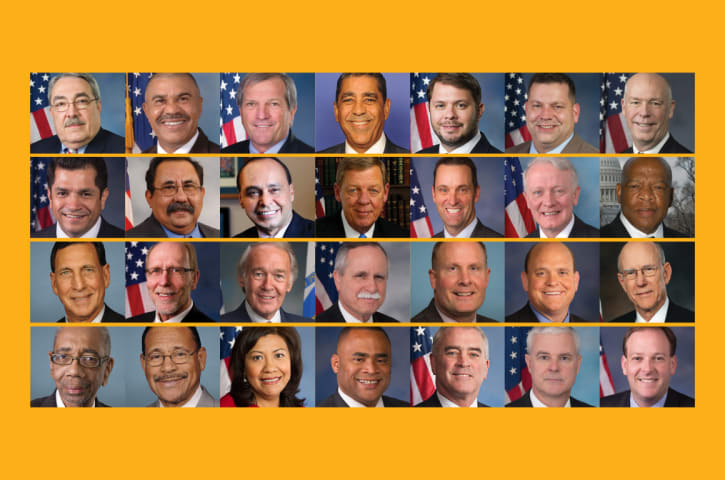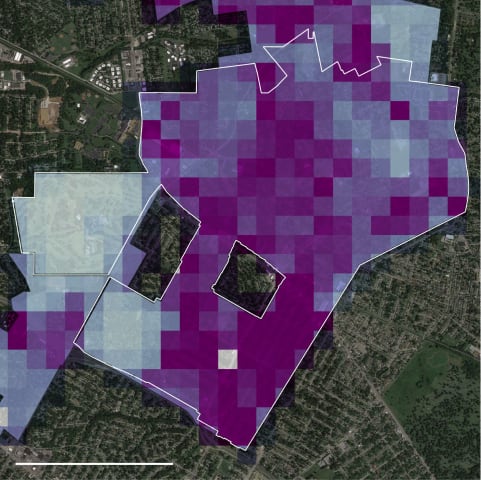概要: ACLU は、Rekognition の顔比較機能が、公開されている逮捕写真に基づいて構築された逮捕写真データベースを使用して、国会議員、特に有色人種の議員を逮捕された他の人々と誤認していたことを示した。
CSETv1 分類法のクラス
分類法の詳細Incident Number
The number of the incident in the AI Incident Database.
114
Special Interest Intangible Harm
An assessment of whether a special interest intangible harm occurred. This assessment does not consider the context of the intangible harm, if an AI was involved, or if there is characterizable class or subgroup of harmed entities. It is also not assessing if an intangible harm occurred. It is only asking if a special interest intangible harm occurred.
yes
Notes (AI special interest intangible harm)
If for 5.5 you select unclear or leave it blank, please provide a brief description of why.
You can also add notes if you want to provide justification for a level.
The ACLU's test demonstrated Rekognition's disproportionate inaccuracy on the faces of people of color.
Date of Incident Year
The year in which the incident occurred. If there are multiple harms or occurrences of the incident, list the earliest. If a precise date is unavailable, but the available sources provide a basis for estimating the year, estimate. Otherwise, leave blank.
Enter in the format of YYYY
2018
Date of Incident Month
The month in which the incident occurred. If there are multiple harms or occurrences of the incident, list the earliest. If a precise date is unavailable, but the available sources provide a basis for estimating the month, estimate. Otherwise, leave blank.
Enter in the format of MM
07
Estimated Date
“Yes” if the data was estimated. “No” otherwise.
No
Risk Subdomain
A further 23 subdomains create an accessible and understandable classification of hazards and harms associated with AI
1.3. Unequal performance across groups
Risk Domain
The Domain Taxonomy of AI Risks classifies risks into seven AI risk domains: (1) Discrimination & toxicity, (2) Privacy & security, (3) Misinformation, (4) Malicious actors & misuse, (5) Human-computer interaction, (6) Socioeconomic & environmental harms, and (7) AI system safety, failures & limitations.
- Discrimination and Toxicity
Entity
Which, if any, entity is presented as the main cause of the risk
AI
Timing
The stage in the AI lifecycle at which the risk is presented as occurring
Post-deployment
Intent
Whether the risk is presented as occurring as an expected or unexpected outcome from pursuing a goal
Unintentional
インシデントレポート
レポートタイムライン
Loading...

Amazon’s face surveillance technology is the target of growing opposition nationwide, and today, there are 28 more causes for concern. In a test the ACLU recently conducted of the facial recognition tool, called “Rekognition,” the software …
バリアント
「バリアント」は既存のAIインシデントと同じ原因要素を共有し、同様な被害を引き起こし、同じ知的システムを含んだインシデントです。バリアントは完全に独立したインシデントとしてインデックスするのではなく、データベースに最初に投稿された同様なインシデントの元にインシデントのバリエーションとして一覧します。インシデントデータベースの他の投稿タイプとは違い、バリアントではインシデントデータベース以外の根拠のレポートは要求されません。詳細についてはこの研究論文を参照してください
似たようなものを見つけましたか?
よく似たインシデント
Did our AI mess up? Flag the unrelated incidents
よく似たインシデント
Did our AI mess up? Flag the unrelated incidents



